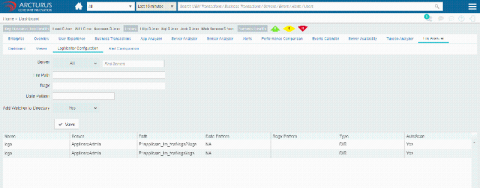5 Splunk Alternatives - Faster, Affordable Log Management Solutions
Learn the best Splunk alternative, what to look for in alternative solutions, and other factors like logging features, speed, ease of use, deployment, scalability, and cost.What Does Splunk Do?Since its first release in 2007, Splunk quickly became one of the leading log management solutions. Its focus on enterprise grade log analysis and security incident and event management (SIEM) made it the de facto choice for organizations generating large volumes of log files and machine data.











